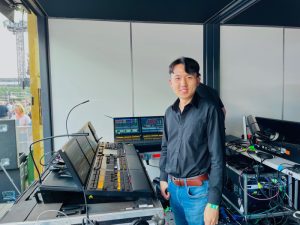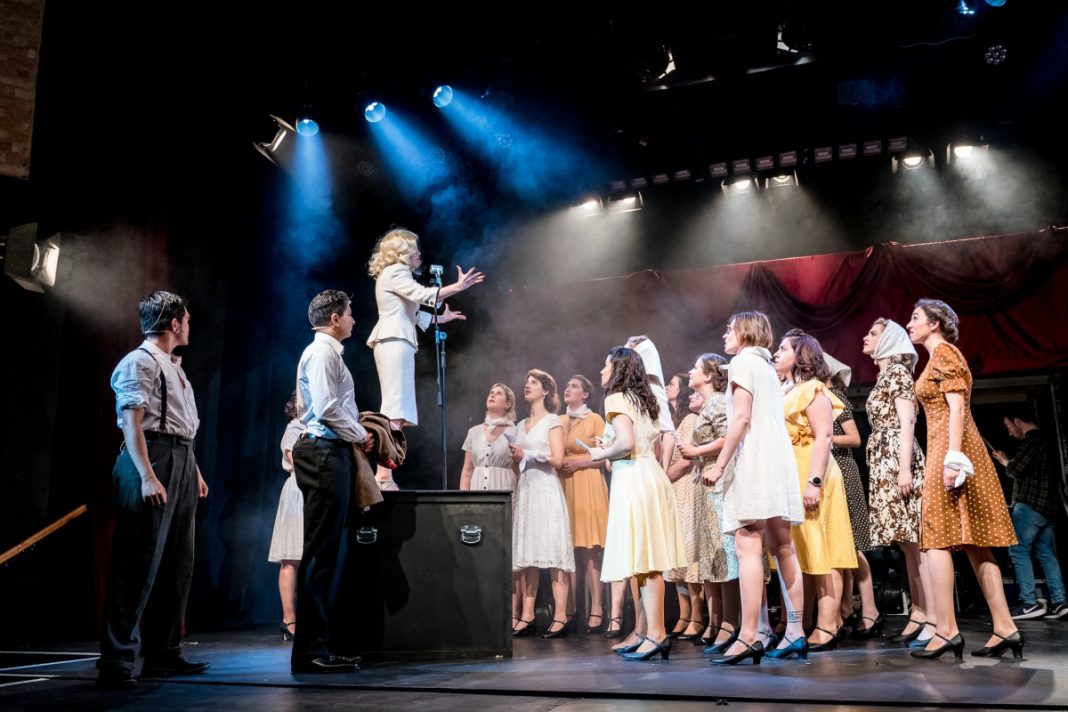London-based Lighting Designer, Jason Ahn, who recently graduated from an MA course in Light in Performance at Rose Bruford College, has insisted on using odd numbers in lighting arrangements as he perceives this process to be beneficial in capturing the attention of the public. Inspired by expressionism and contemporary theatre, Ahn strives to provide a unique lighting experience that translates the intention of a production without directly explaining it or the emotions of the performing artists.
What do you concentrate on when designing lighting?
“As many lighting designers do, I’m concentrating to visually illustrate the world of the story. Because that’s the purpose of the type of shows like musicals and theatre. That’s my basic attitude, but my crucial point is how it’s shown aesthetically. The general public comes to shows to have an enjoyable time so an outstanding design has to capture their attention. I try to use odd numbers in lighting arrangements for every production unless there is a budget problem. However, it cannot always be conducted due to sets’ position, blocking, budget, etc. Although, I prefer to have odd-numbered lights on at least the main section (e.g. centre area of the stage). When odd-numbered visuals are shown in front of an audience, it will be easier to show a more attractive appearance.”
Why are odd numbers advantageous in lighting design?
“Symmetry and a centre point is related to why using odd numbers is beneficial in visual design. Symmetrical forms are visually preferred shapes in all cultures because people prefer people likely to pass on healthy genes to future generations, with strong resistance to pathogens, and facial symmetry indicates this characteristic. Also, symmetry can be seen as a universal criterion of aesthetics because many animals and plants have symmetrical shapes.

“In the same context, it is easy to identify whether an object is symmetrical or not when gazing at its centre because that allows us to grasp its shape. For instance, when arranging an even number of cubes with at equal intervals in a row, there is no visual element at the centre. In contrast, when an odd number of cubes are arranged at equal intervals in a row, it can easily attract the public’s attention because the visual element in the centre makes it easier for viewers to look at. The basic purpose of lighting in theatre is to help to understand and feel the story, but also, visual enjoyment has been emphasised due to it being one of entertainment.”
How has this thesis been demonstrated?
“I have reviewed the existing literature of neuroaesthetics and evolutionary biology. After that, I conducted the survey in which participants were asked to specify their preferred design from three sets of lighting pictures showing odd and even numbers of lights. It then asked participants why they preferred each selection and where their gaze usually fell on each picture. Surprisingly, the results supported the hypothesis. It was found that participants preferred odd cases because they allowed them to gaze at the centre.”
Many of Ahn’s designs maintain this unique design method using odd numbers, making his touch distinguishable from others. He has also used simpler and clearer compositions for audiences. Those can be found in his portfolio of design works. Ahn’s research findings can be found on ResearchGate by clicking this link here.






